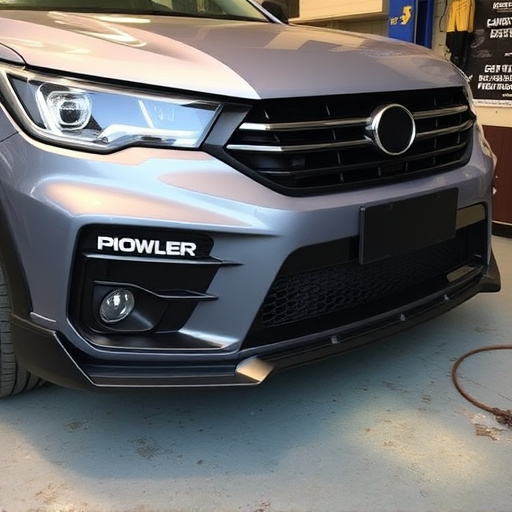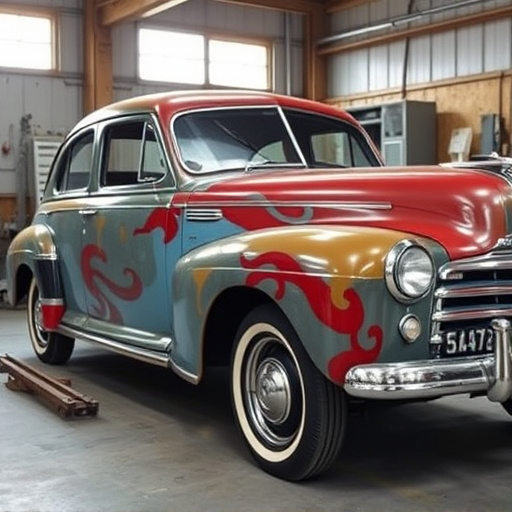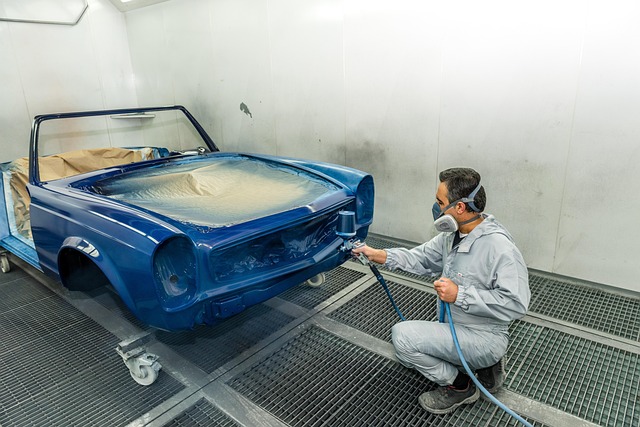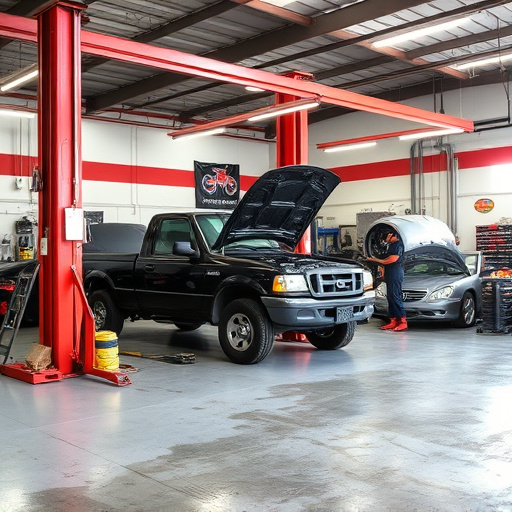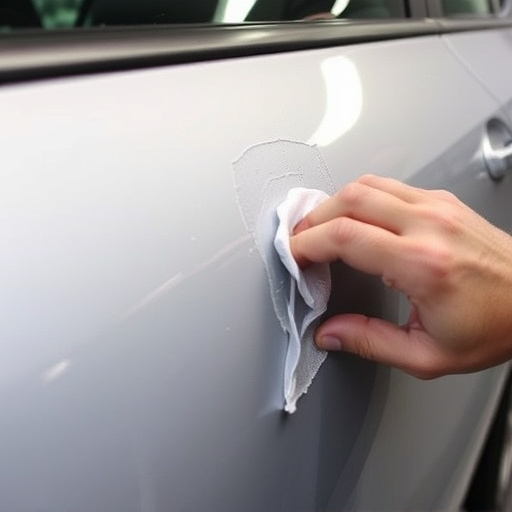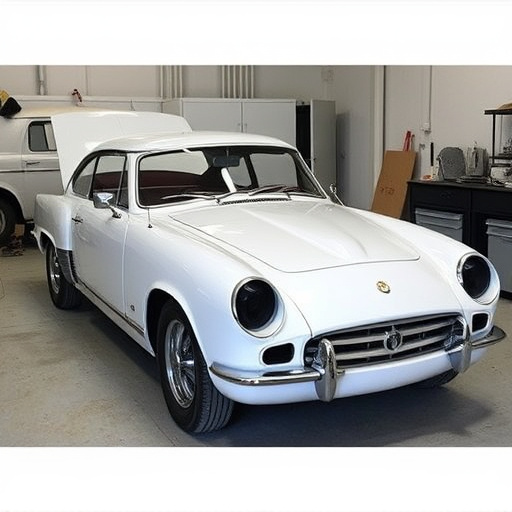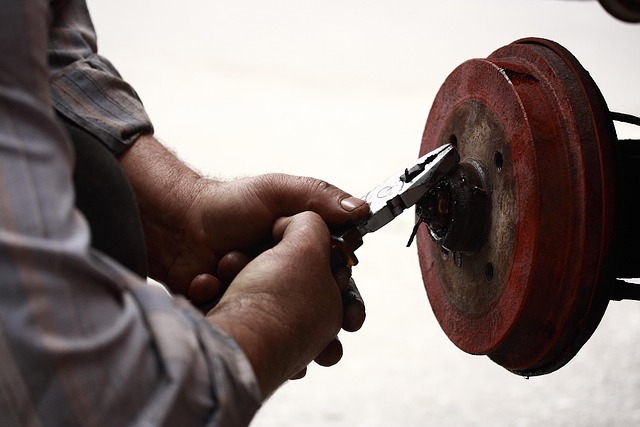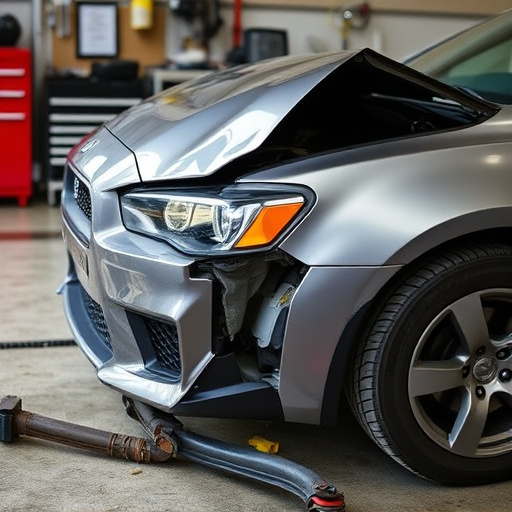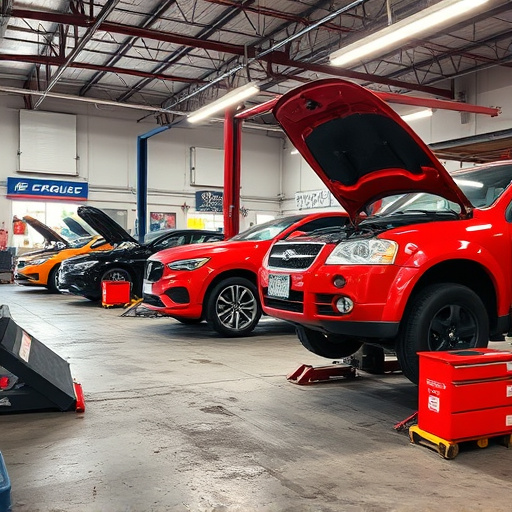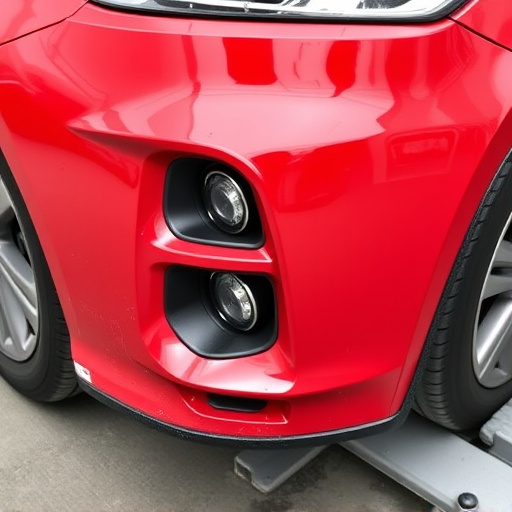Panel alignment procedures are vital for automotive craftsmanship, ensuring structural integrity and seamless fit in autobody repairs. Streamlining these processes minimizes downtime, boosts productivity, reduces errors, and enhances quality control. Best practices include thorough inspections, using frame straightening equipment, accurate alignment against original specs, and regular tool maintenance to achieve precise panel placement, satisfying customers and strengthening market competitiveness.
Efficient panel alignment is key to streamlined workflow in any project. This guide delves into the essential practices for optimizing your panel alignment procedures, offering valuable insights on understanding basic principles, streamlining workflows, and implementing best practices for precise panel placement. Discover tips that enhance accuracy and productivity, ensuring your projects run smoothly from start to finish.
- Understanding Panel Alignment Basics
- Streamlining Workflow for Efficient Alignment
- Best Practices for Accurate Panel Placement
Understanding Panel Alignment Basics

Panel alignment procedures are a critical aspect of automotive craftsmanship, especially in the realm of autobody repairs and collision damage restoration. It involves the precise manipulation of vehicle panels to restore them to their original shape and dimensions, ensuring a seamless fit and finish. This meticulous process is not just about aesthetics; it’s a fundamental step in achieving structural integrity after any car scratch repair or collision damage repair.
Understanding the basics of panel alignment starts with grasping the various components that make up a vehicle’s body panels—from door panels to fenders and hoods. Technicians must possess a keen eye for detail and an extensive knowledge of specific vehicles’ unique design features. Using advanced tools, such as specialized clamps and hydraulic presses, they carefully adjust and realign distorted or damaged panels, effectively erasing the traces of previous collision damage repair or car scratch repair incidents.
Streamlining Workflow for Efficient Alignment

In the realm of panel alignment procedures, streamlining your workflow is a game-changer for any car body shop or paintless dent repair service. Efficient processes ensure that cars undergoing restoration, whether it’s a simple fix like paintless dent repair or complex car body restoration, move through the alignment process swiftly and accurately. This involves optimizing every step, from initial assessment to final touch-ups, to minimize downtime and maximize productivity.
Implementing structured procedures allows for better resource allocation. By establishing clear protocols, your team can work cohesively, reducing errors and enhancing overall quality control. For instance, a well-defined sequence of tasks during the alignment process ensures that every panel is handled correctly, avoiding misalignments or damage. This focus on efficiency translates to satisfied customers and a more competitive car body shop in today’s market.
Best Practices for Accurate Panel Placement

To ensure accurate panel placement during vehicle repairs, such as those involving automotive body work and fender repair, adhering to best practices for panel alignment procedures is paramount. Start by thoroughly inspecting the damaged area and surrounding panels for any pre-existing misalignments or deformities. This initial assessment helps identify potential challenges and guides the selection of appropriate tools and techniques.
Next, use frame straightening equipment to accurately measure and adjust the metal’s curvature. These tools allow precise adjustments, minimizing manual guesswork and reducing the risk of further damage. Once the frame is straightened, carefully align the panels against their original specifications, ensuring seamless integration with neighboring components. Regularly cleaning and lubricating alignment tools is crucial for maintaining accuracy throughout the process.
Panel alignment procedures are essential for achieving precise and efficient workflow management. By understanding the basics, streamlining processes, and adopting best practices, teams can significantly enhance their accuracy and productivity. Implementing these tips ensures optimal panel placement, leading to a more seamless and successful project outcome. Incorporating these strategies into your workflow is a game-changer for managing panel alignment effectively.

